Last week I had the occasion again, to go back in time and travel centuries back in the past and learn about the Paulines. I've heard about this order, but that was all, I've had no detailed knowledge about who they were/are or their history.
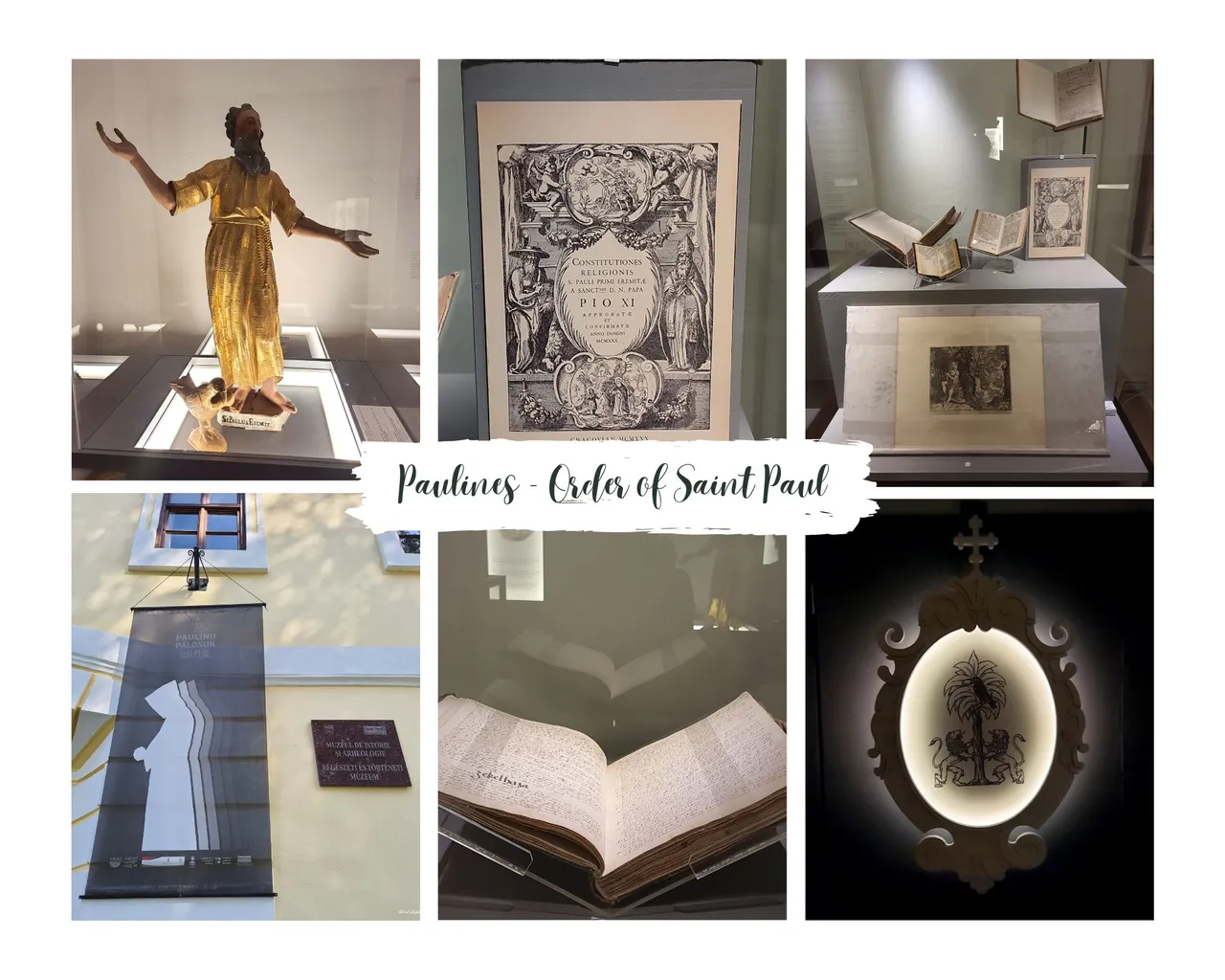
The Order of Saint Paul the First Hermit (Latin: Ordo Fratrum Sancti Pauli Primi Eremitæ; abbreviated OSPPE), commonly called the Pauline Fathers, is a monastic order of the Roman Catholic Church founded in Hungary during the 13th century.
This name is derived from the hermit Saint Paul of Thebes (died c. 345), canonized in 491 by Pope Gelasius I. After his death, the Monastery of Saint Paul the Anchorite was founded and still exists today, taking him as its model. source
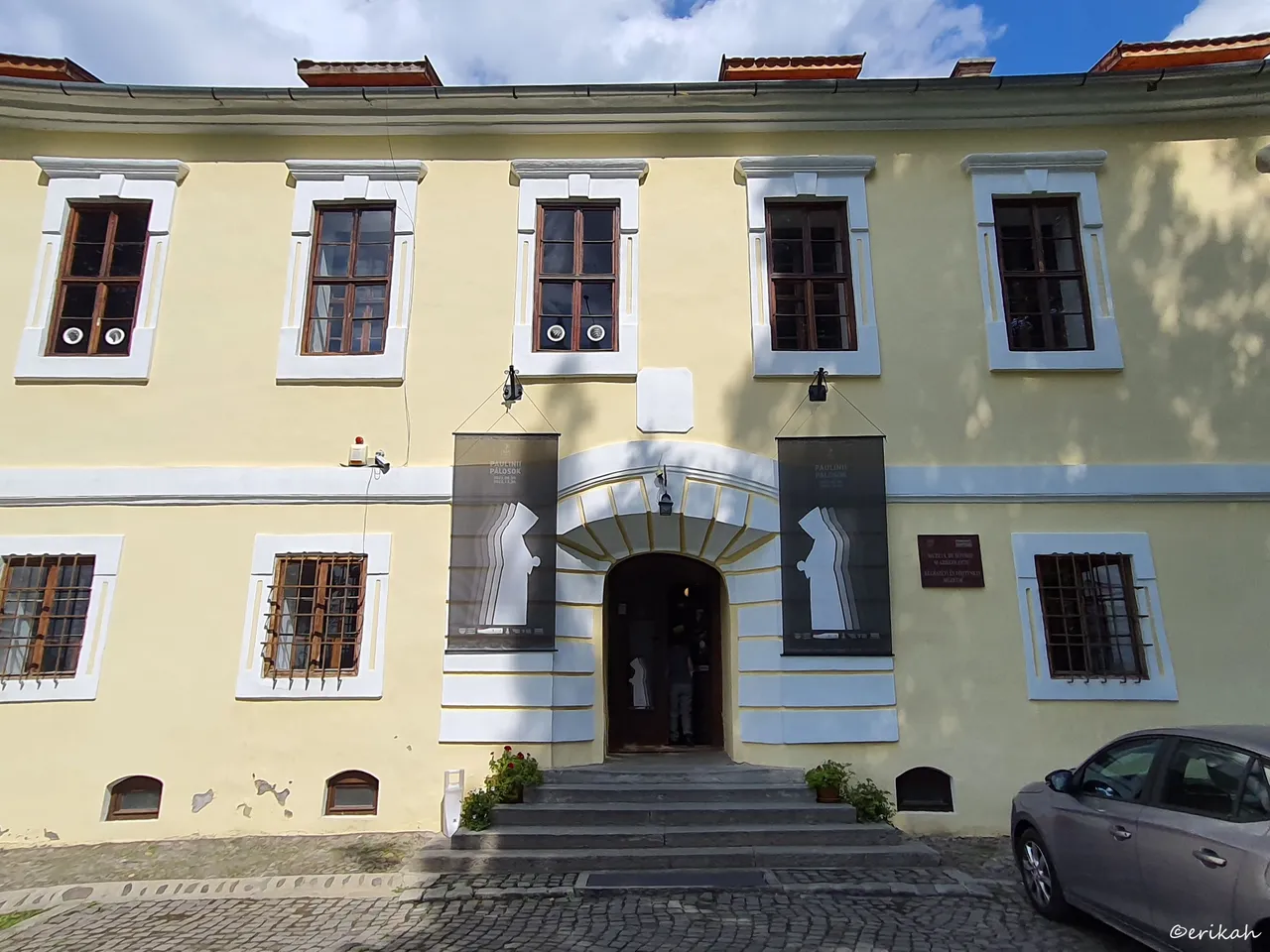
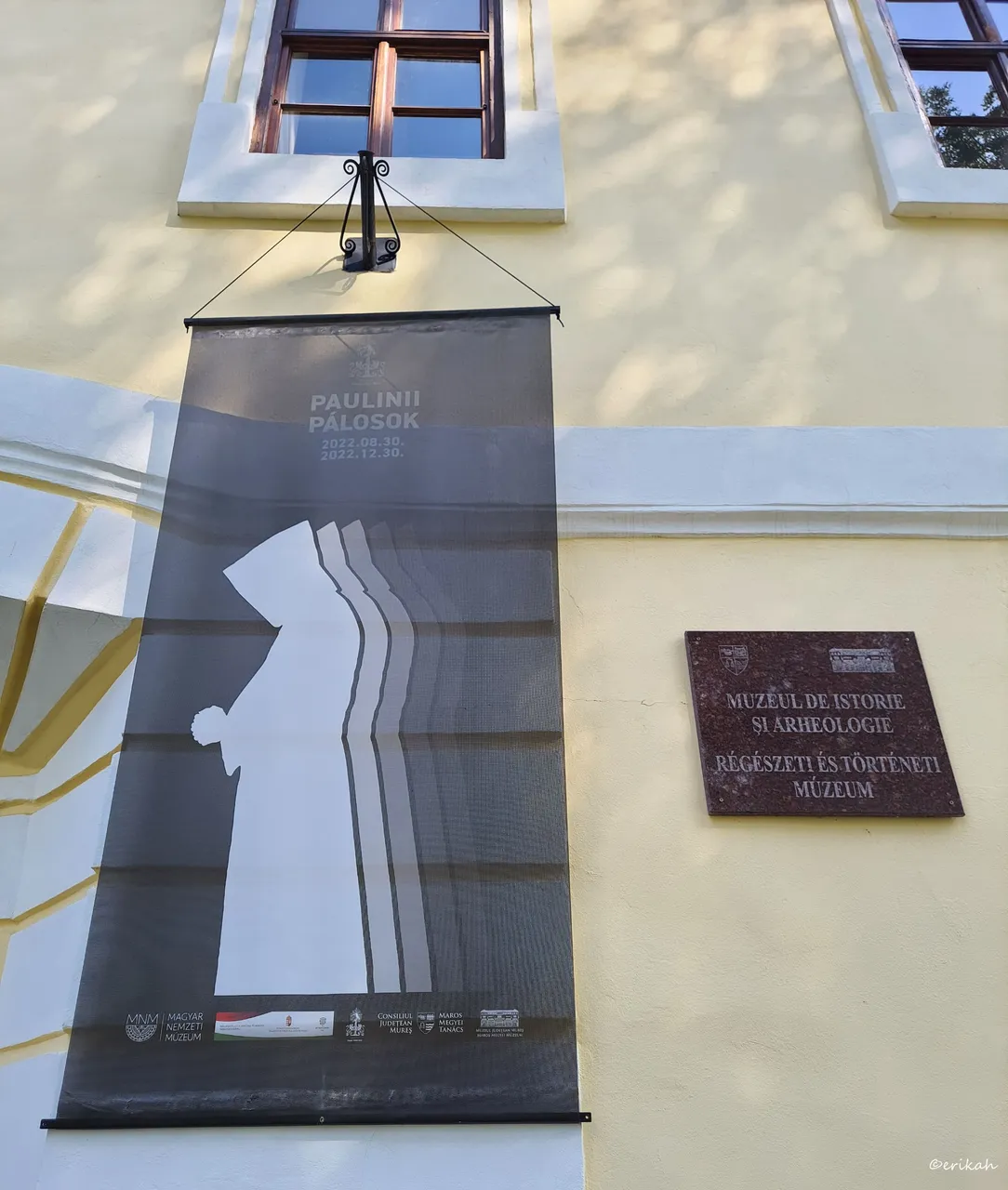
There's an exhibition at the museum of history and archeology of Targu Mures, which is in the medieval fortress of the city. The exhibition came here from Budapest, Hungary. That is where the permanent Location of the exhibition is. The opening was at the end of August and the exhibition is open till 30th of December. There's an entry fee of 12 lei, which is around 2.5 euro.
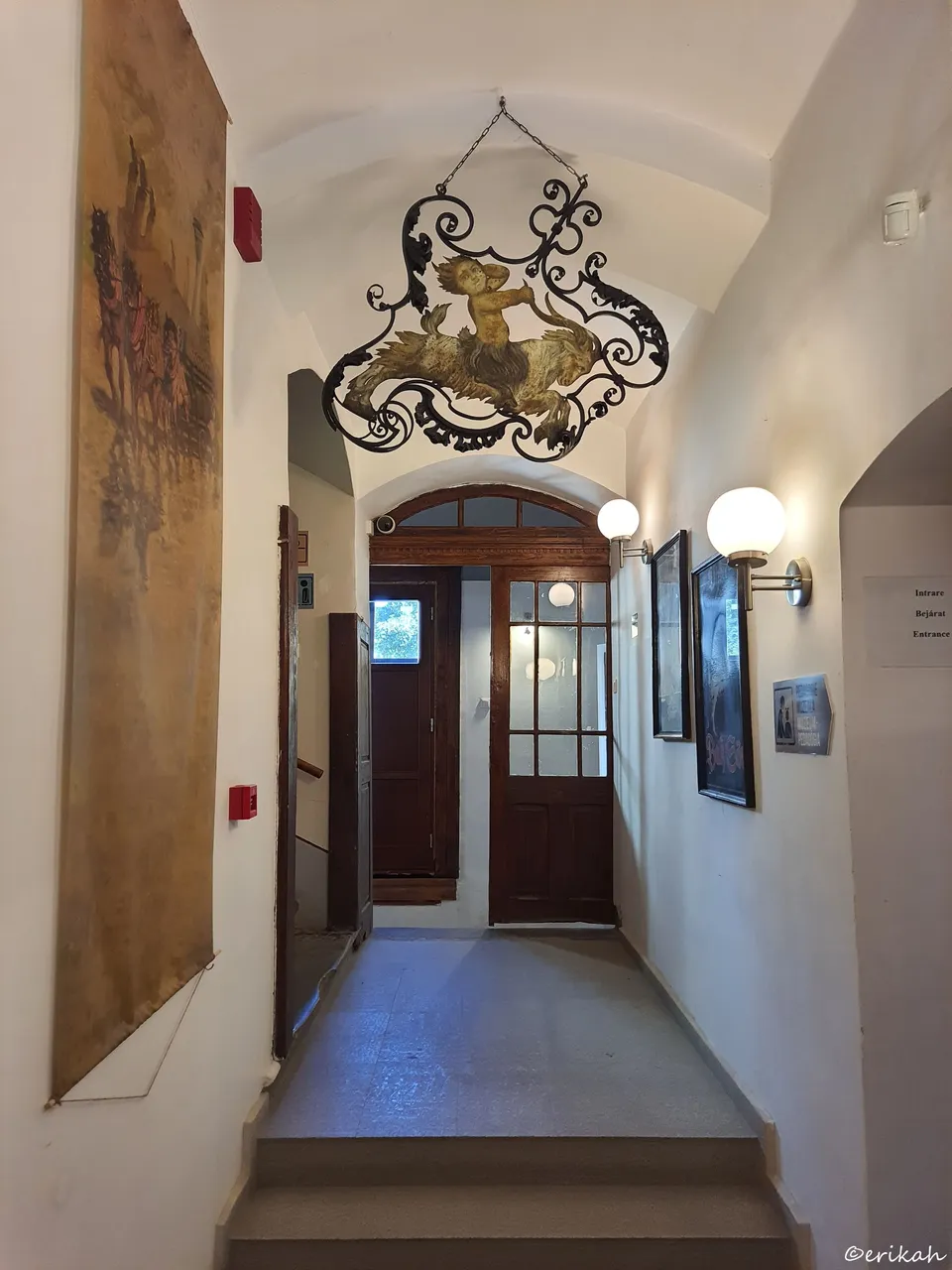
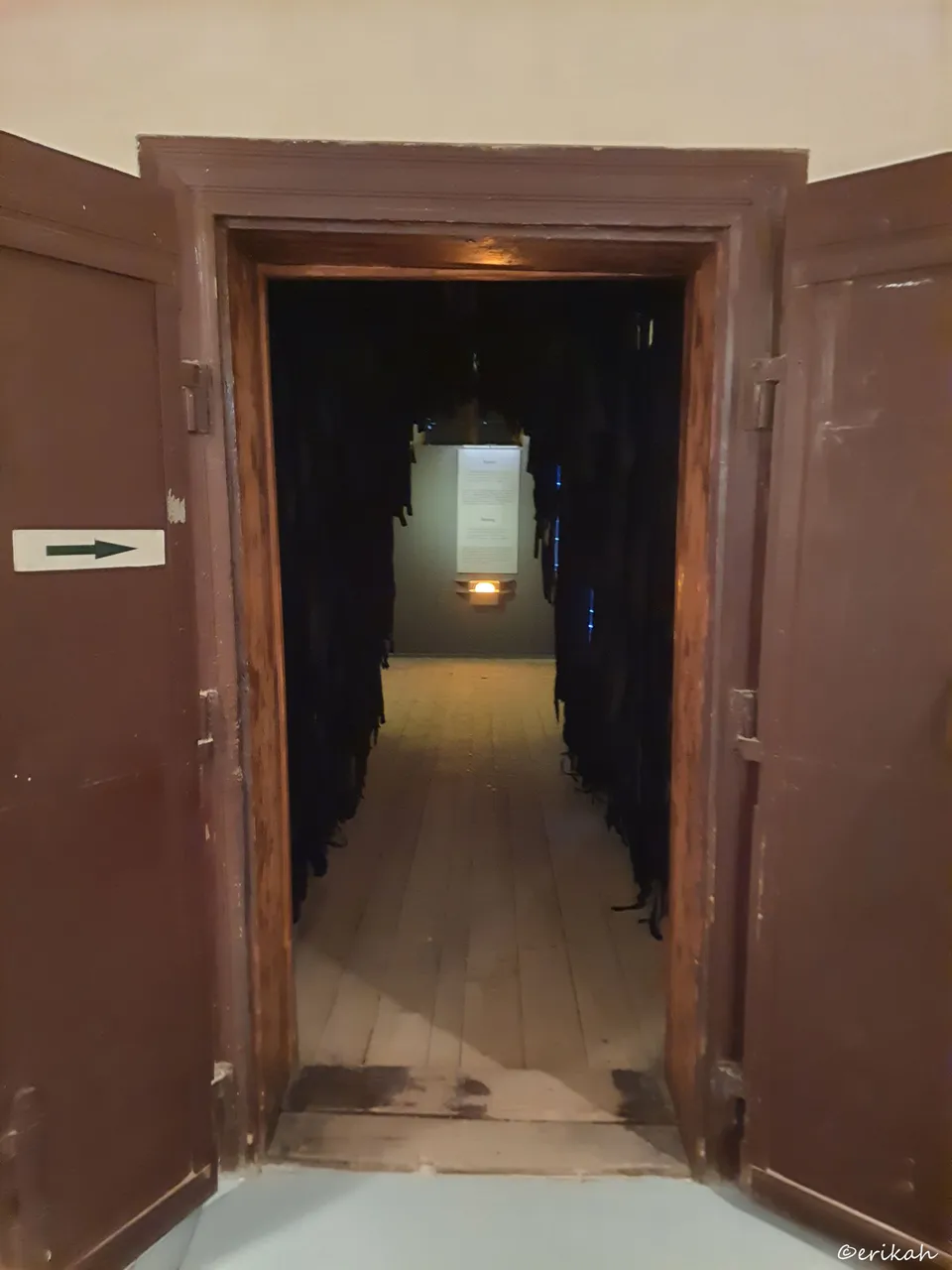
The exhibition is on the first floor and this is what you see after climbing the stairs. It's definitely not one would expect after paying 2.5 euro, but there's a reason for that scary looking entrance.
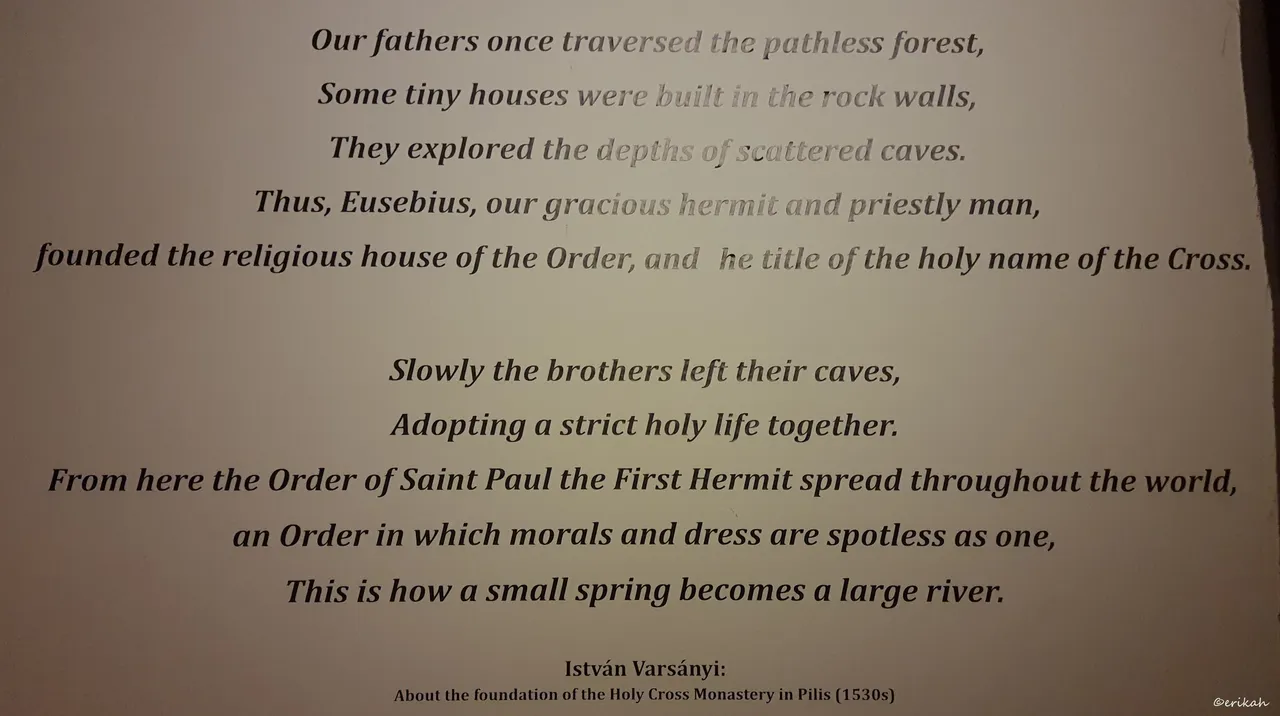
The Pauines started their journey in a cave and this dark entrance was trying to reproduce that. This happened around 1530.
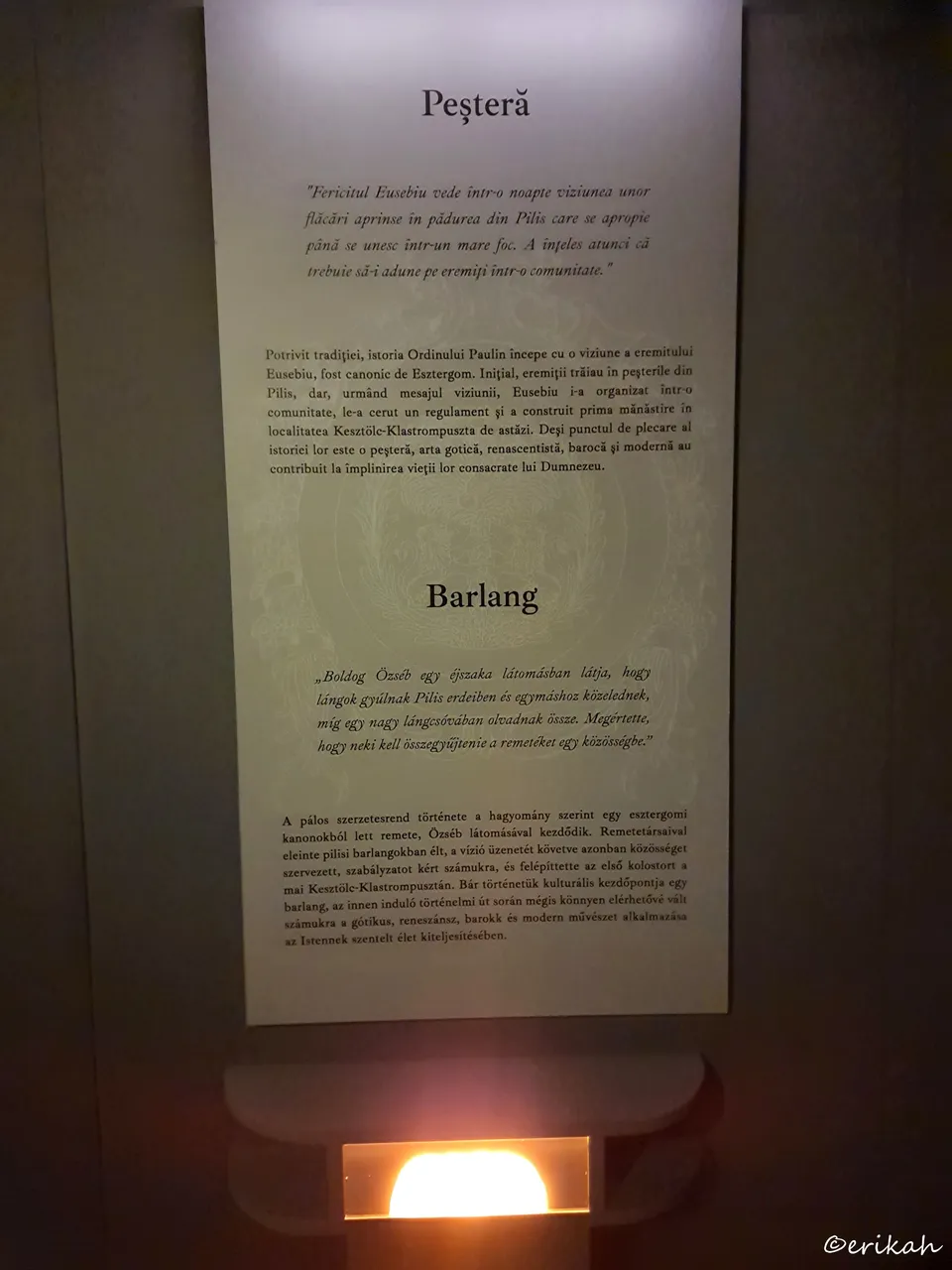
There was no audio guide here, which I really appreciate as you can read the history from these boards at your own pace and spend as much time in one place as you want. This board for example explains who started the order and who it began.
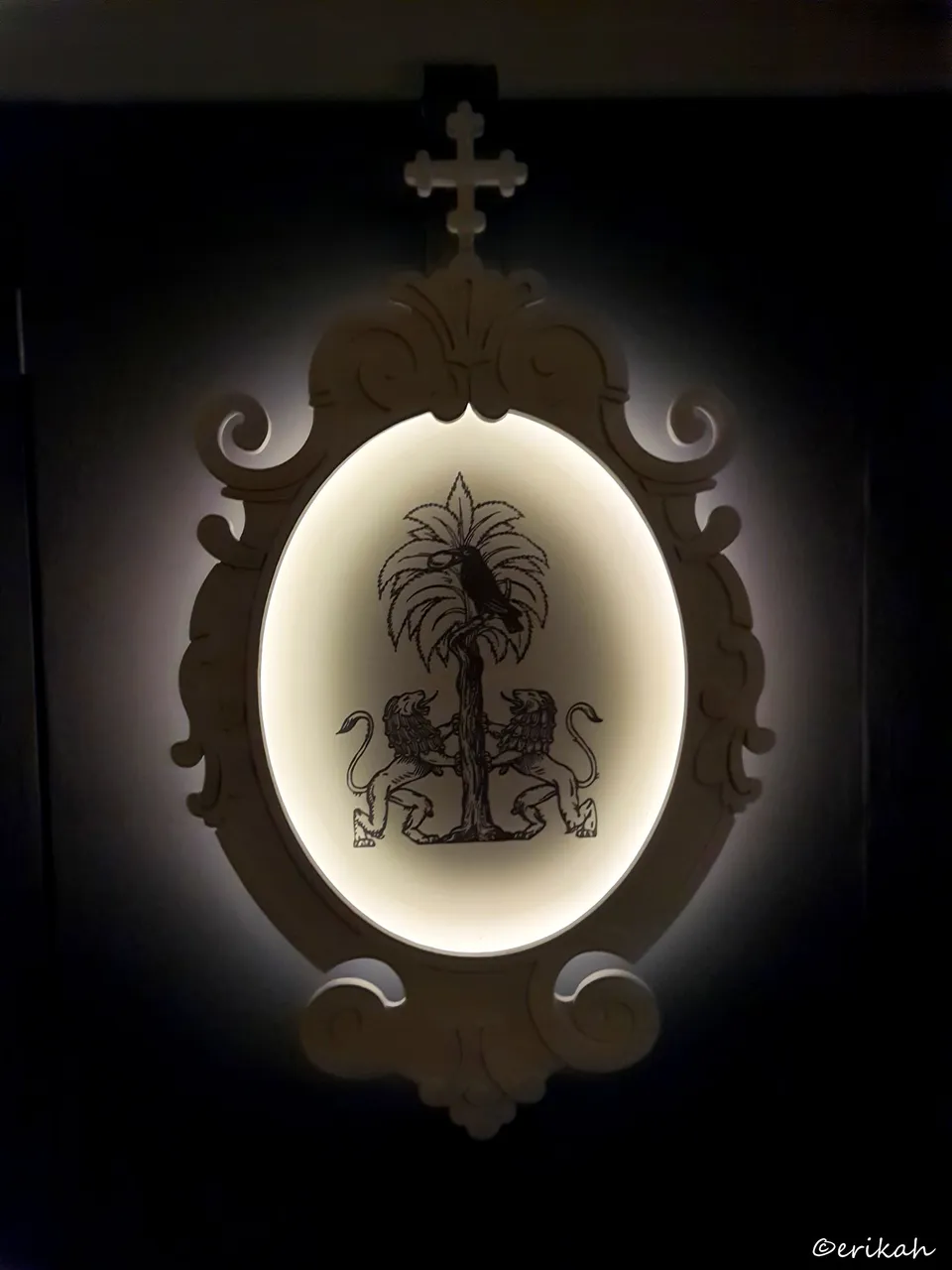
This is the Paulines crest. Sorry for the low quality images, but it was dark and using a flesh was not allowed, but even if it were, it would made it even worse as the crest was under glass.
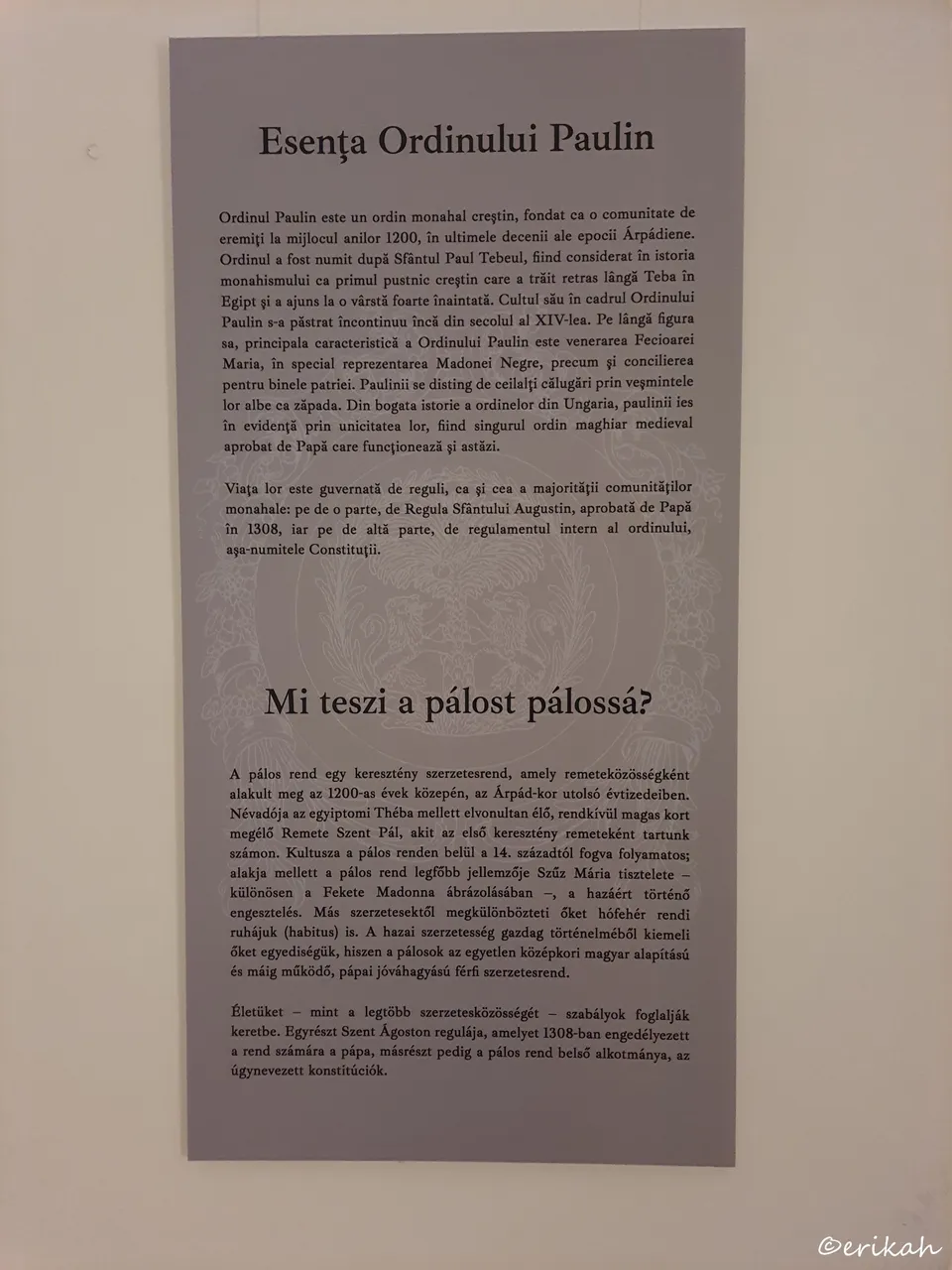
The essence of the order explained. Turns out, it started around 1200, which makes the order more than 800 years old.

After the cave imitation room, I stepped into another room and had part of the real shock. There was more light in the new room, but also was cold as hell. Coming from 30C outside, into a room, where there were only 18C, was a shock! A thermic shock. I was literally cold as was not prepared for such a temperature change. The reason this low temperature is needed is because temperature and humidity must be kept at the same level, in order to preserve these old artifacts.
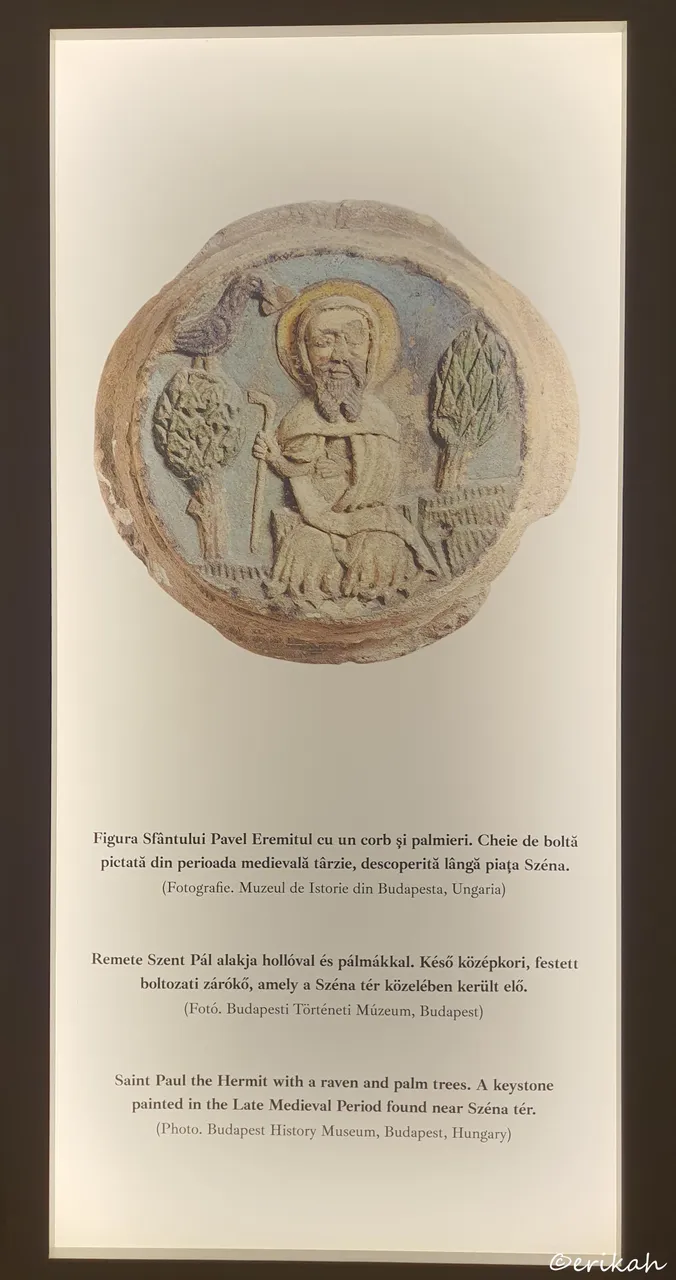
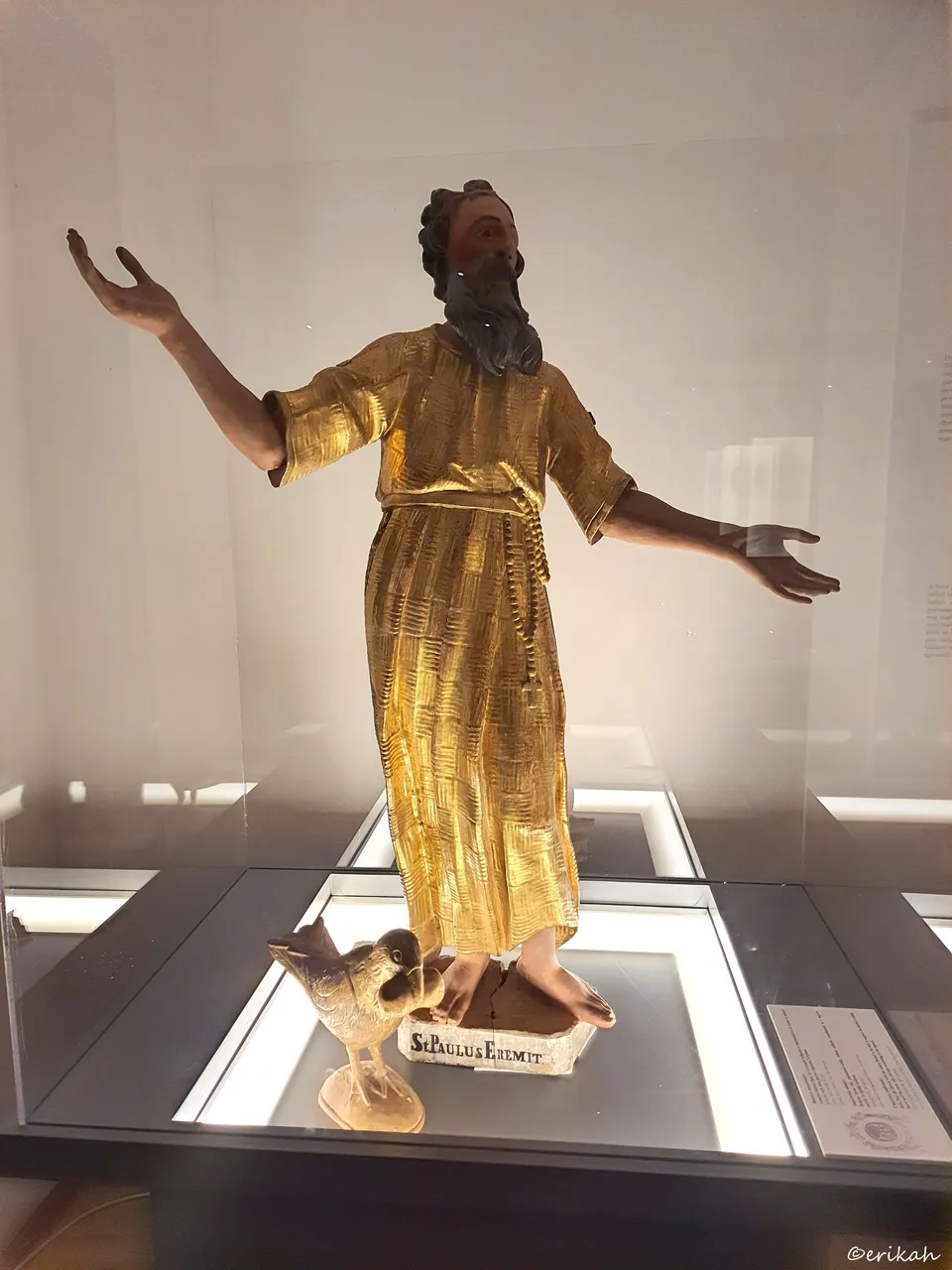
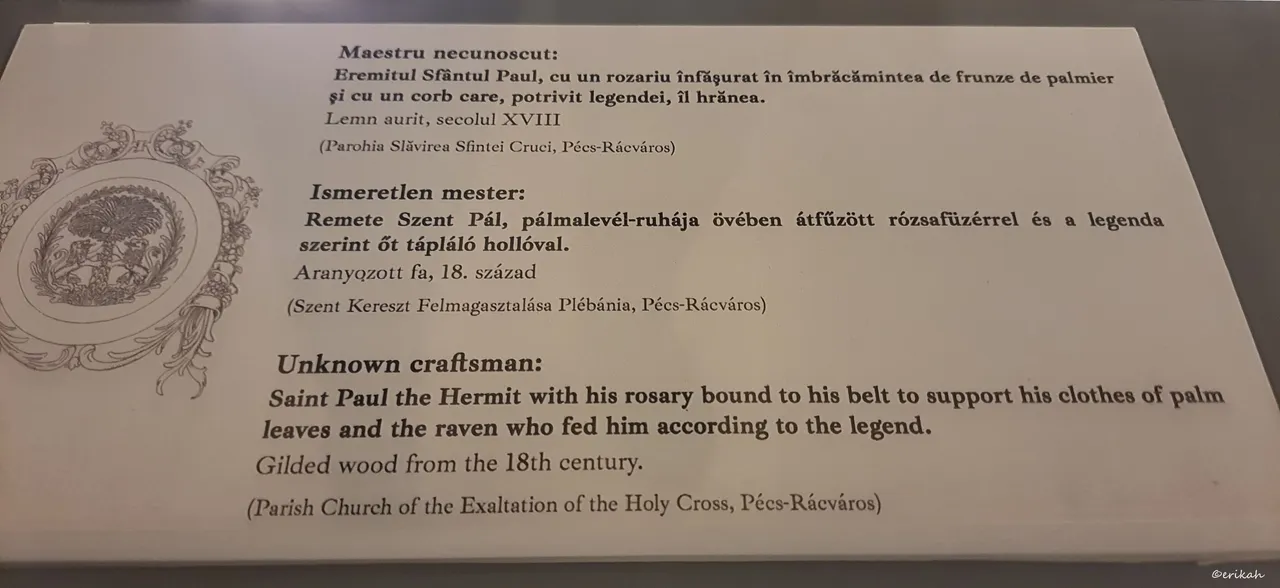
Taking photos was a real challenge here too, as the light was coming from below and sporadically, all the artifacts were behind glass, so it was double trouble, or double challenge?
Anyway, looking at St. Paulus Eremit's statue, knowing that it is from the 18th century which means 1700 something, I can say hats off in front of the master, even though it was unknown. Great artists have always existed.

Back in those days, according to the description on the wall, in 1262, religion had a huge role in people's life. Let's not forget that that was way before the separation of the church from politics and administration. Özséb, the head of the Paulines order had to obtain the consent of the pope and also had to set up the rules for the order, which changed constantly over the years. Without the pope's consent, they could have been persecuted and the penalty often was death.

This was where the real fun began. Books, old books, very old books, real treasure as far as I am concerned.
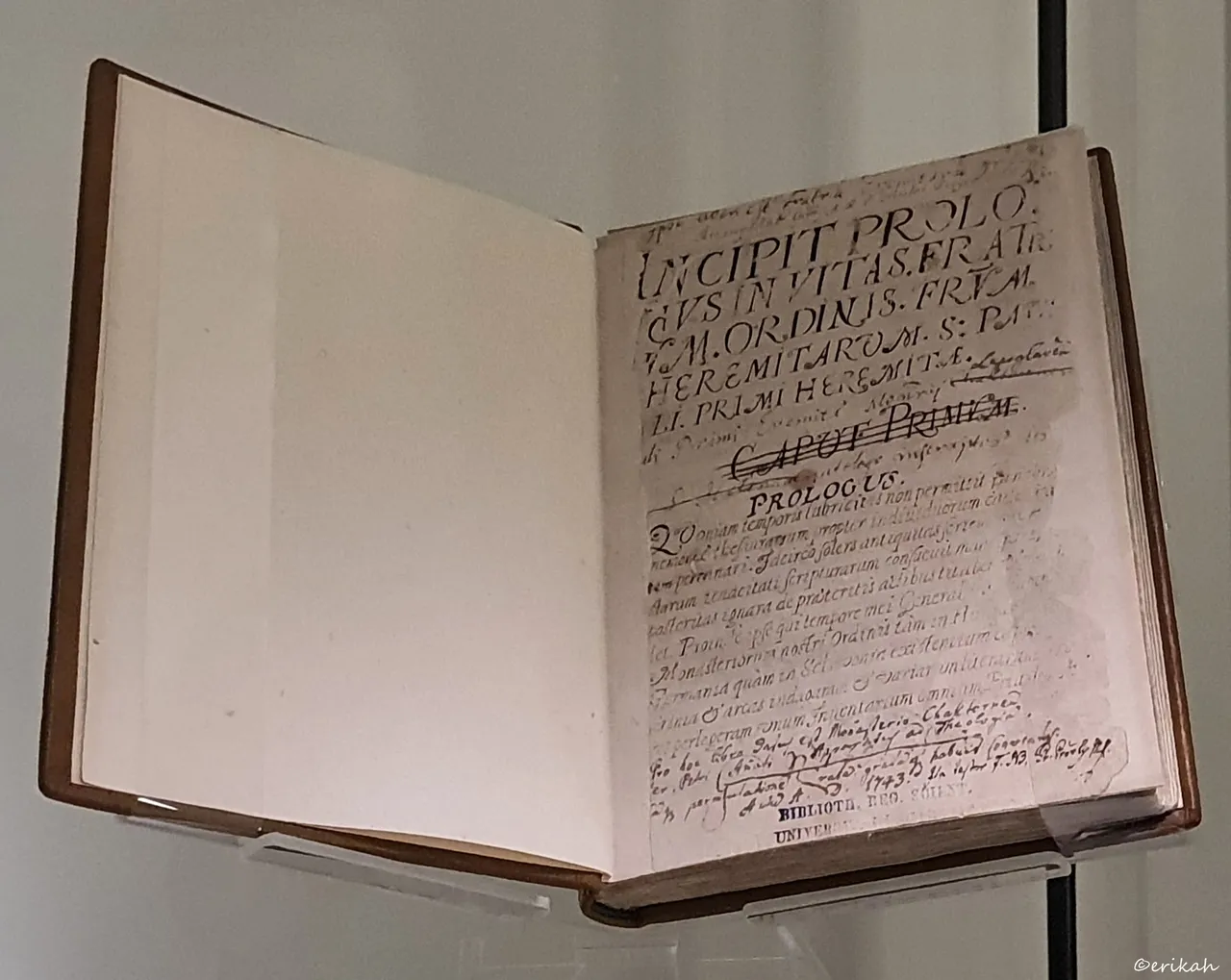
According to the stamp at the bottom of the page, this old book was in the possession of a library. I don't know why someone thought it's a good idea to write in the book though. Seems to be written in Latin, which is understandable as Latin was the official language for the church in those days.
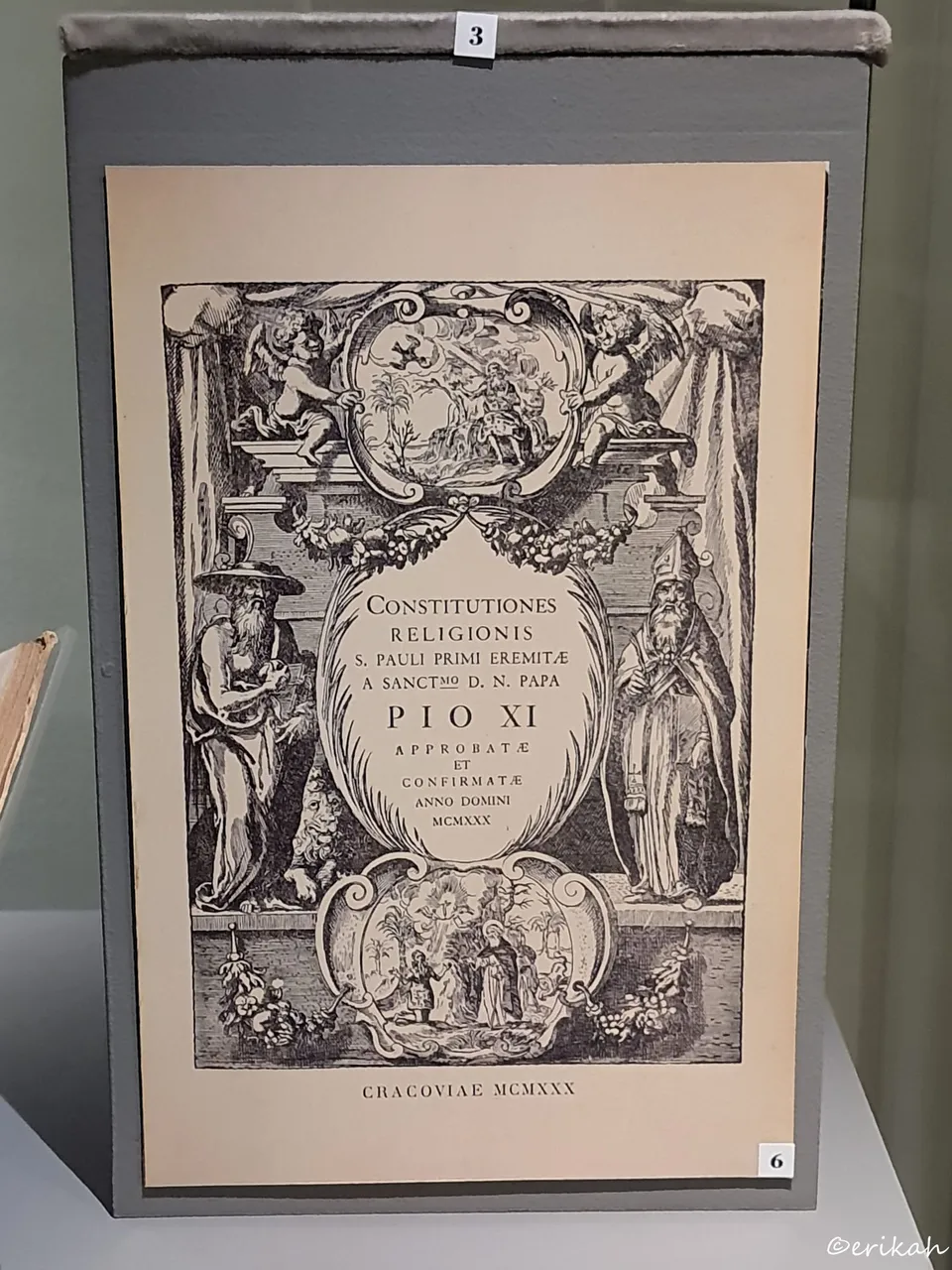
The constitution of the Paulines, approved by pope Pio 11th in MCMXXX. 😂 Can you figure out what year is that? I'm starting to love this. It was issued in Krakow if I'm not mistaken.
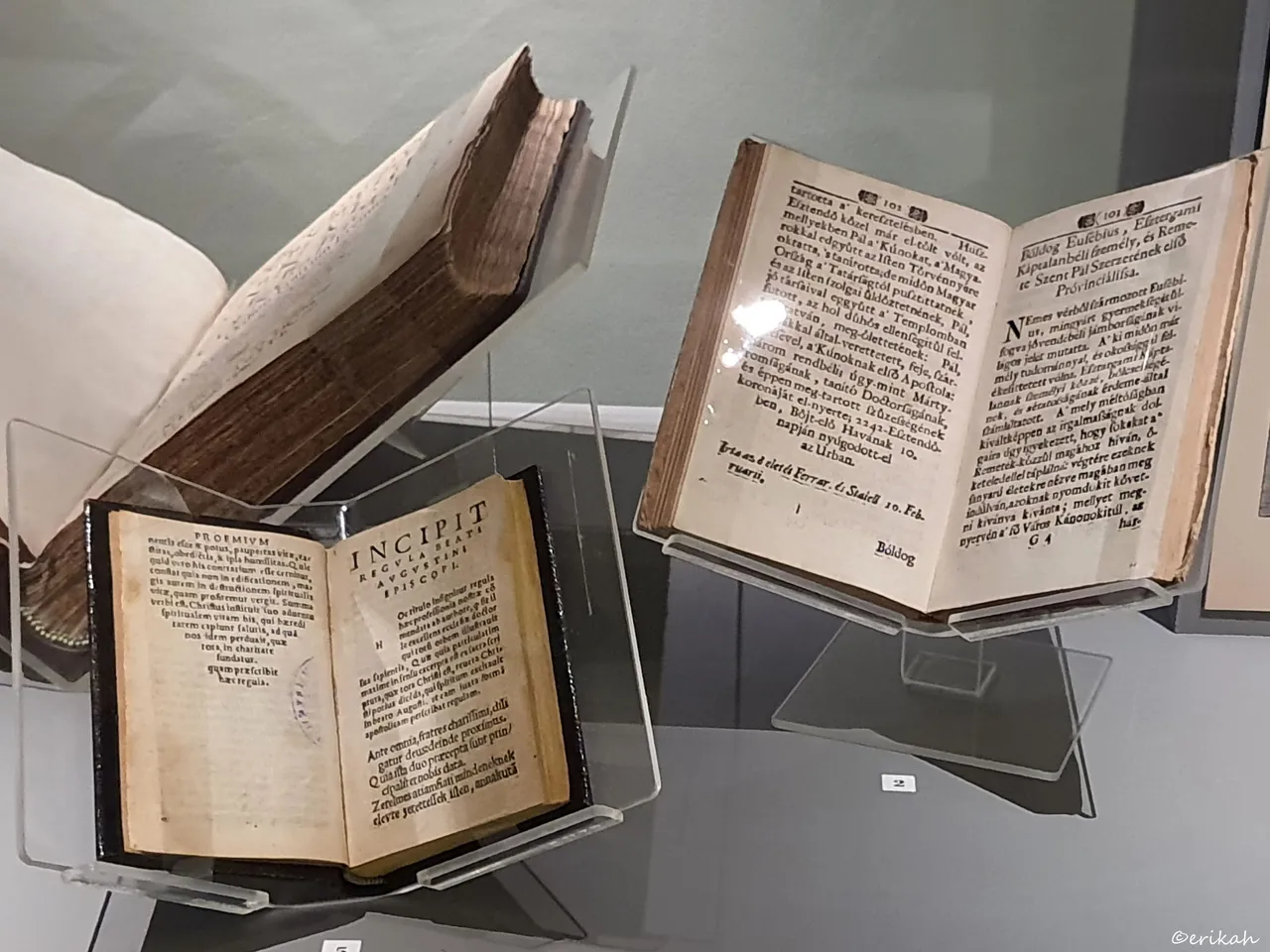

I'm not sure how familiar you are with old books. Please note those brown spots. Those are very common at old books, after a certain period. It's like rust, if I can use this word.
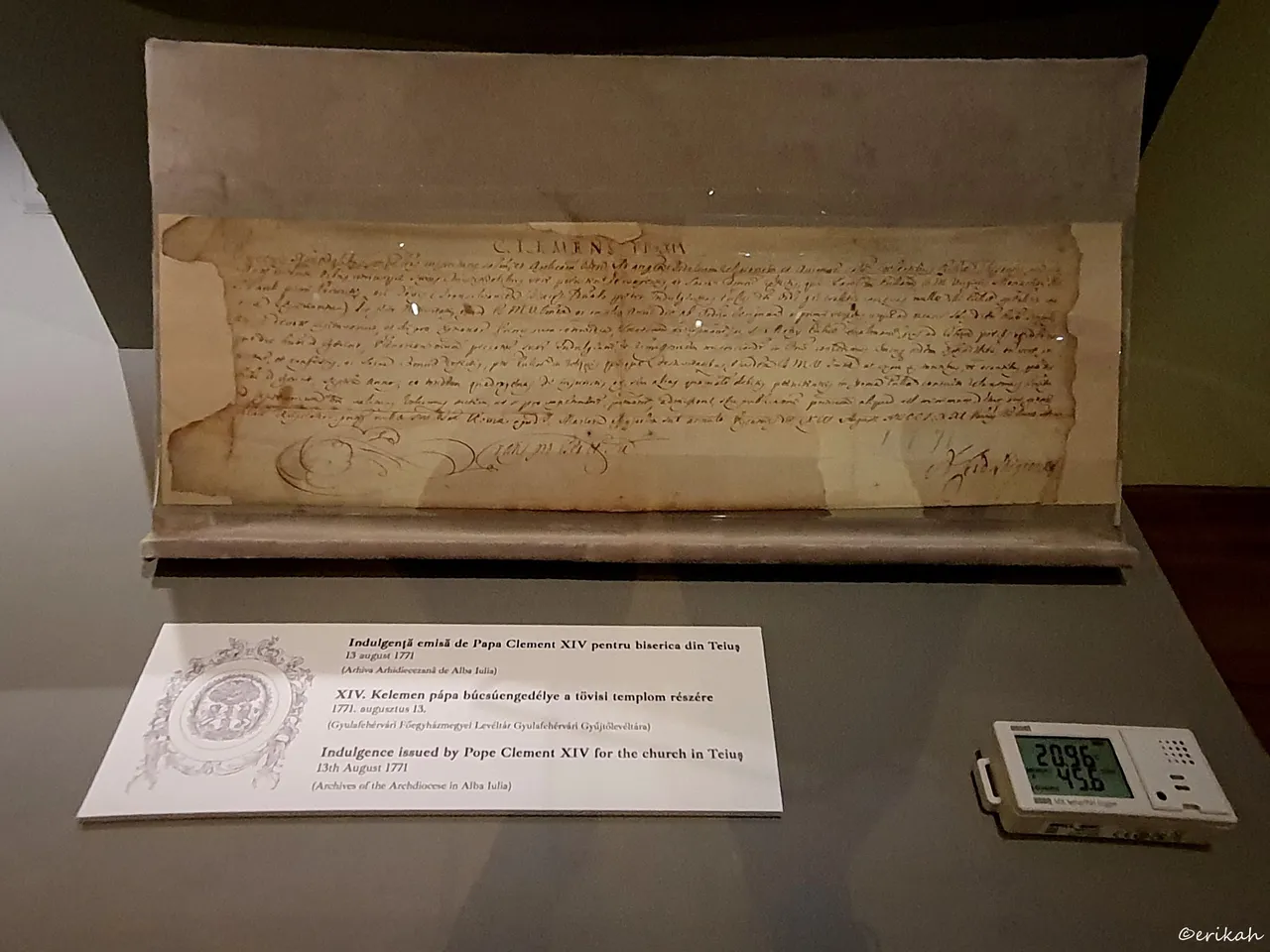
Indulgence issued by Pope Clement 14th for the church of Teiuș in 13th August 1771. Teiuș is a Romanian city, the Hungarian name of the city is Tövis. It has several old churches, the most notable being the 17th century Uniate church and the Roman Catholic church, built for John Hunyadi in 1449 and rebuilt (1701–1704) in a simple Gothic style.
As you can see, the document has water stains, which could have damaged it. Back in those days ink was mainly, or exclusively used for writing, which don't go well with water. Please also note the thermometer that is monitoring temperature and humidity as well.

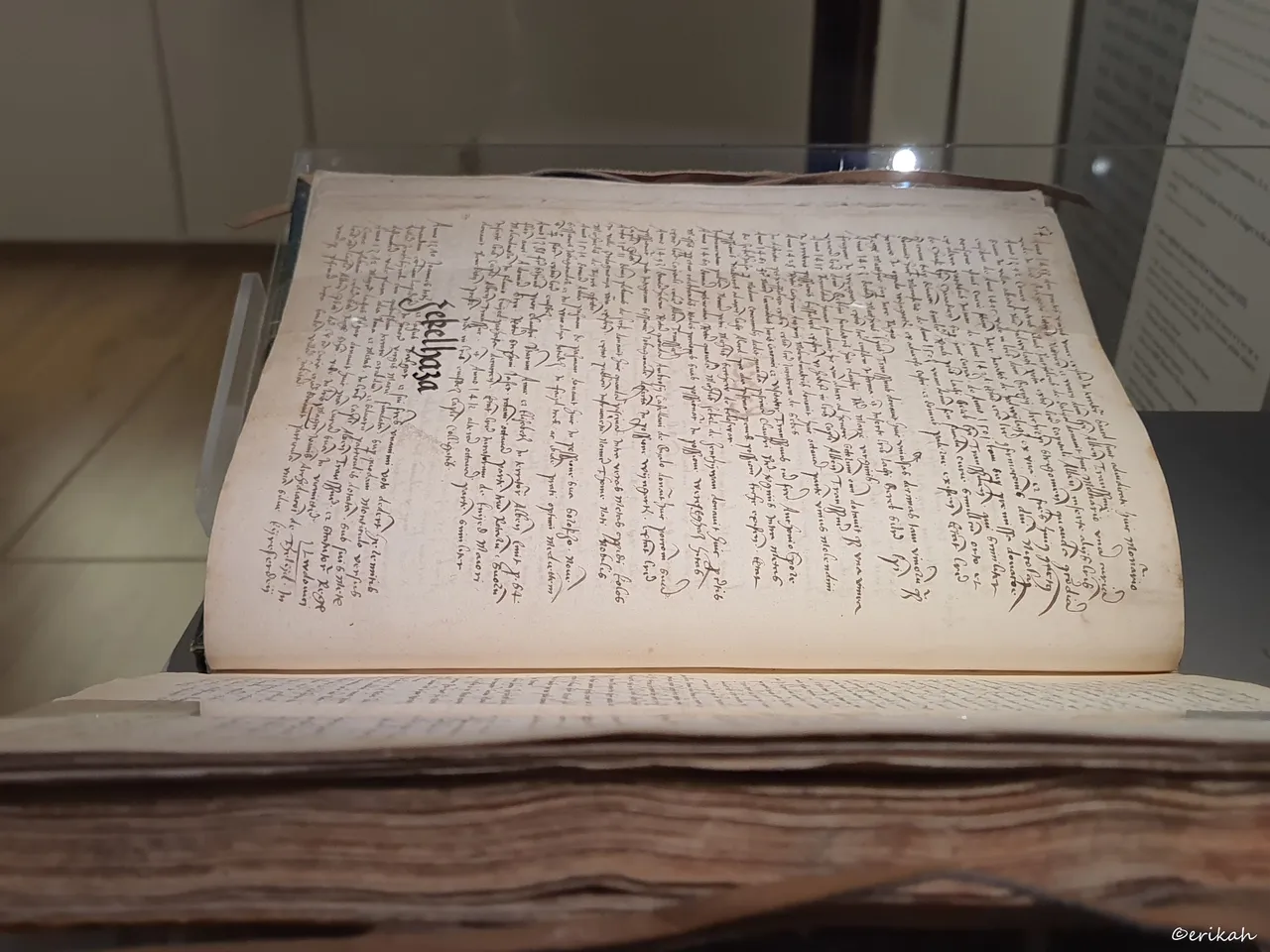
I tried to take a decent photo of this book, but this is the best I could do. It was too high. Judging from where I was standing, it seemed hand written. The handwriting seems impeccable though.
The history of printing starts as early as 3500 BCE, when the proto-Elamite and Sumerian civilizations used cylinder seals to certify documents written in clay. Other early forms include block seals, hammered coinage, pottery imprints, and cloth printing. Initially a method of printing patterns on cloth such as silk, woodblock printing for texts on paper originated in China by the 7th century during the Tang dynasty, leading to the spread of book production and woodblock printing in other parts of Asia such as Korea and Japan. source
However, book printing, as we know it today, appeared much later. In the middle ages, many of the books were handwritten and also copied several times, when the books got worn out. This led to mistakes (yes, humans make mistakes), like misspelling location names and so on.
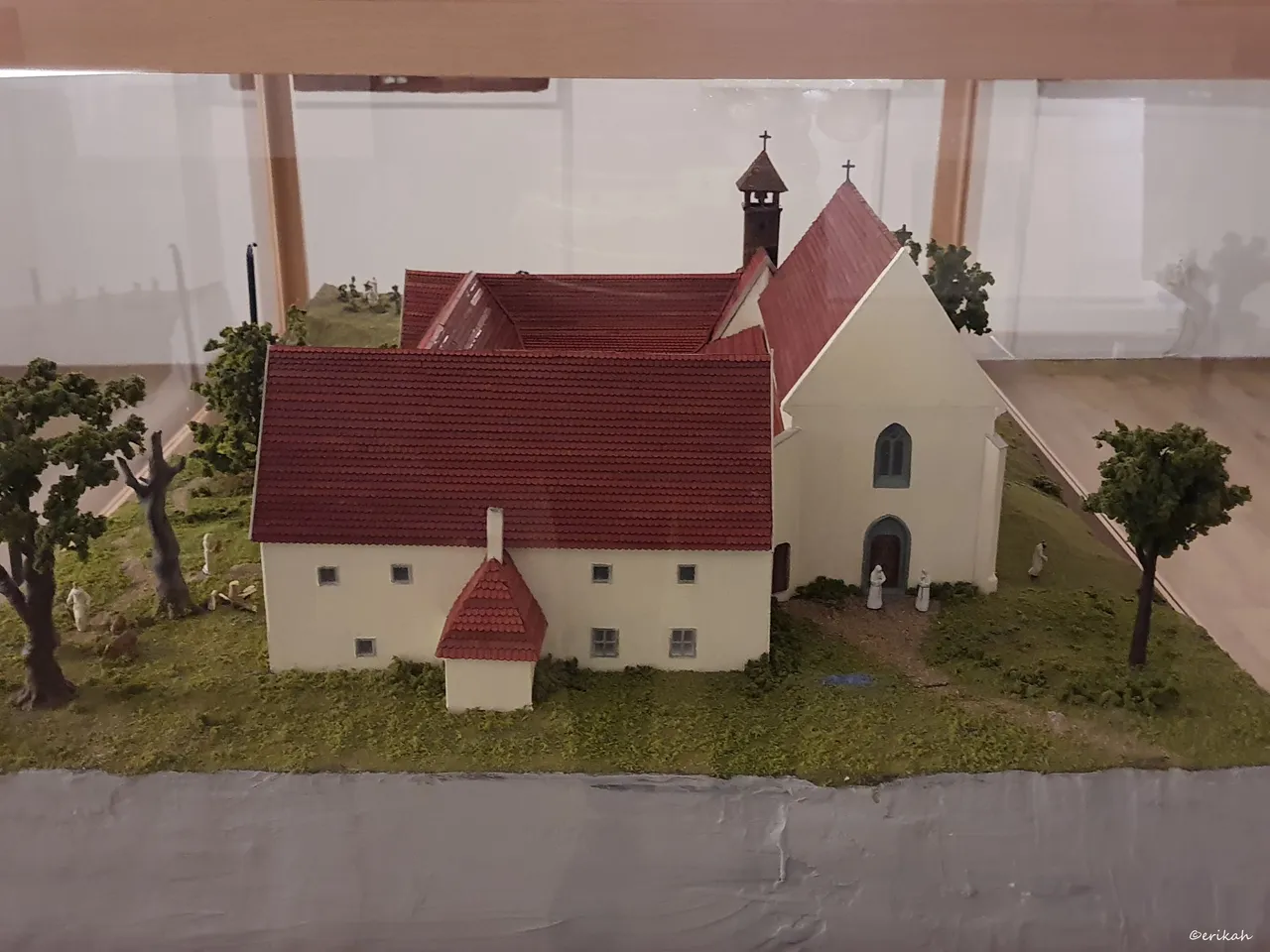
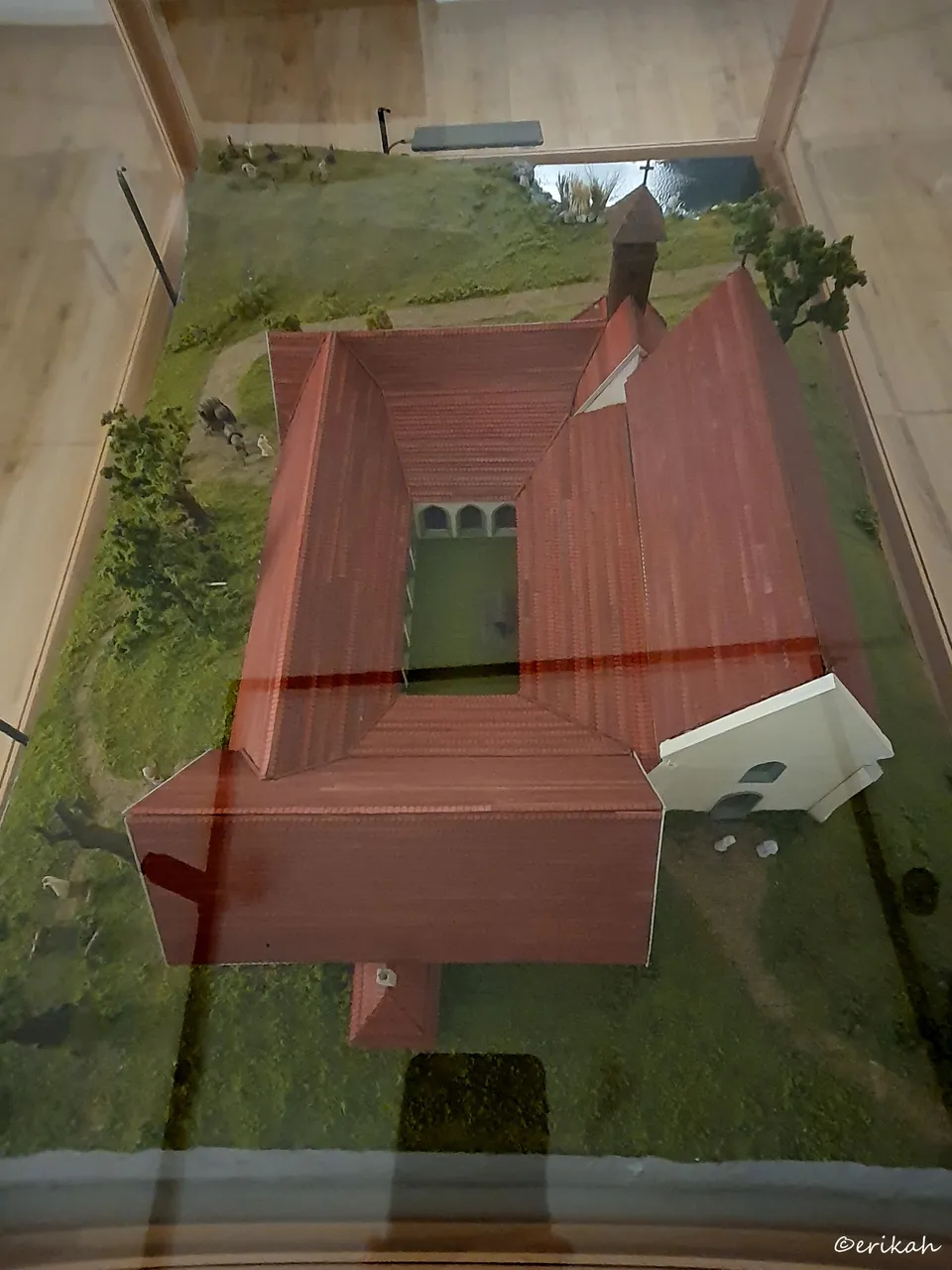
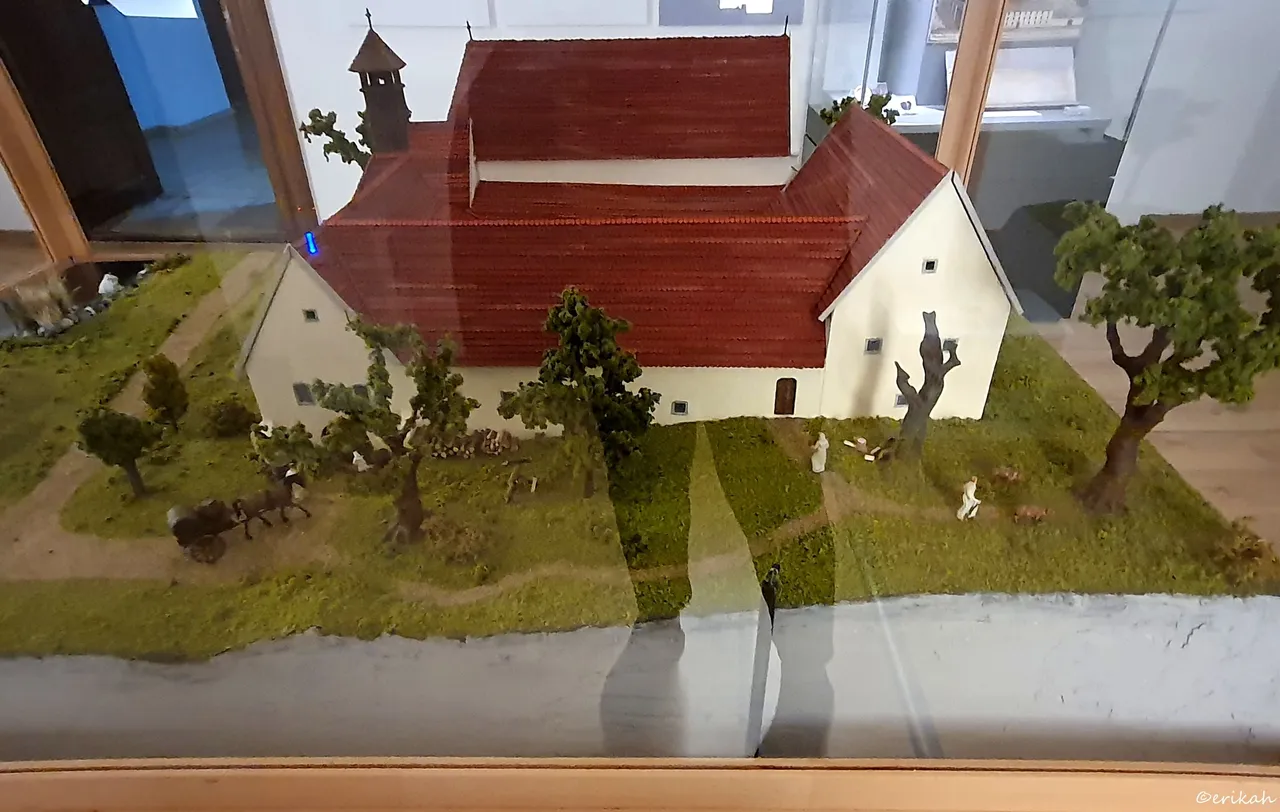
This is the mock-up of a monastery.
Monks were self sufficient, they were working the land, growing grain, grapes, making wine, that was served during religious services, as well as sold in the inn next to the monastery. livestock was also a common thing, helping them in being self sufficient. Sometimes monks were also healers, therefore every monastery had a spice garden. Brewing beer was also common and beekeeping as well. [brief translation of card below]
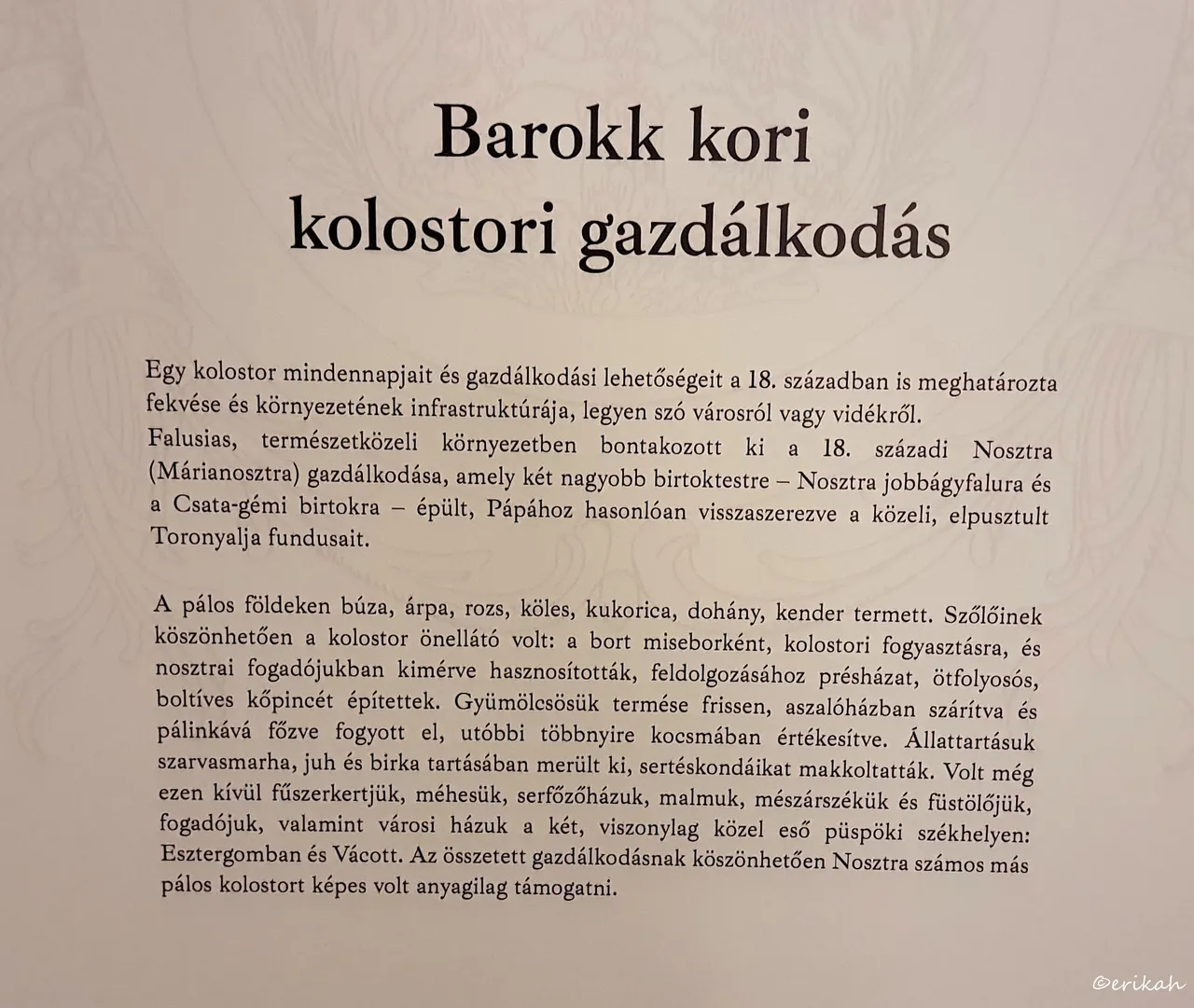
With the knowledge we have in the 21st century, living in the world we are living today, I'm always trying to put myself in their shoes. These monasteries exist today too, I mean most of the churches have monasteries too and monks sometimes are living a minimalist lifestyle, not far from what life was in the middle ages. My question is, could you give up the life you have now, to go live among these monks, a minimalist life, with a totally different focus you have today? Can you see yourself giving up the lifestyle you have, to find happiness living another lifestyle?

If you're a newbie, you may want to check out these guides:
- Communities Explained - Newbie Guide
- Cross Posting And Reposting Explained, Using PeakD
- Hive Is Not For Me
- How To Pump Your Reputation Fast - Newbie Guide
- Tips And Tricks & Useful Hive Tools For Newbies

